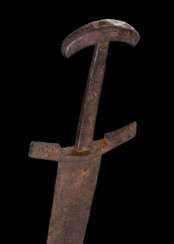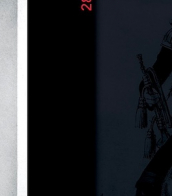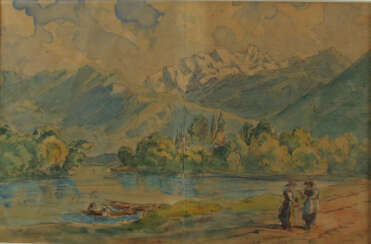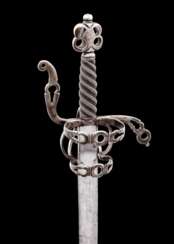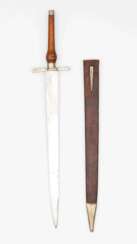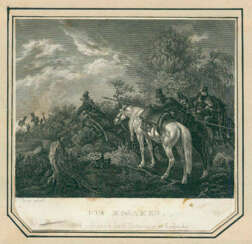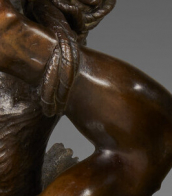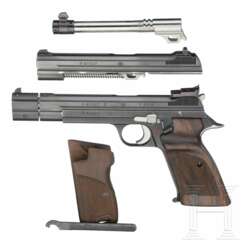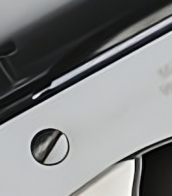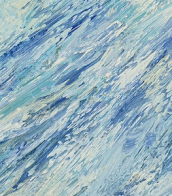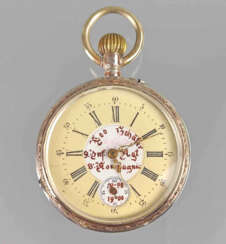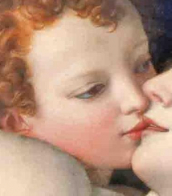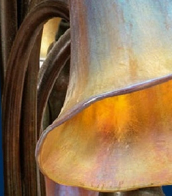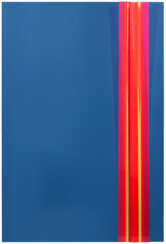19 Items by auctions and galleries:
wohl schweiz
Merz Kaspar Heinrich 1806-1875
Kaspar Heinrich Merz (1806 - 1875) 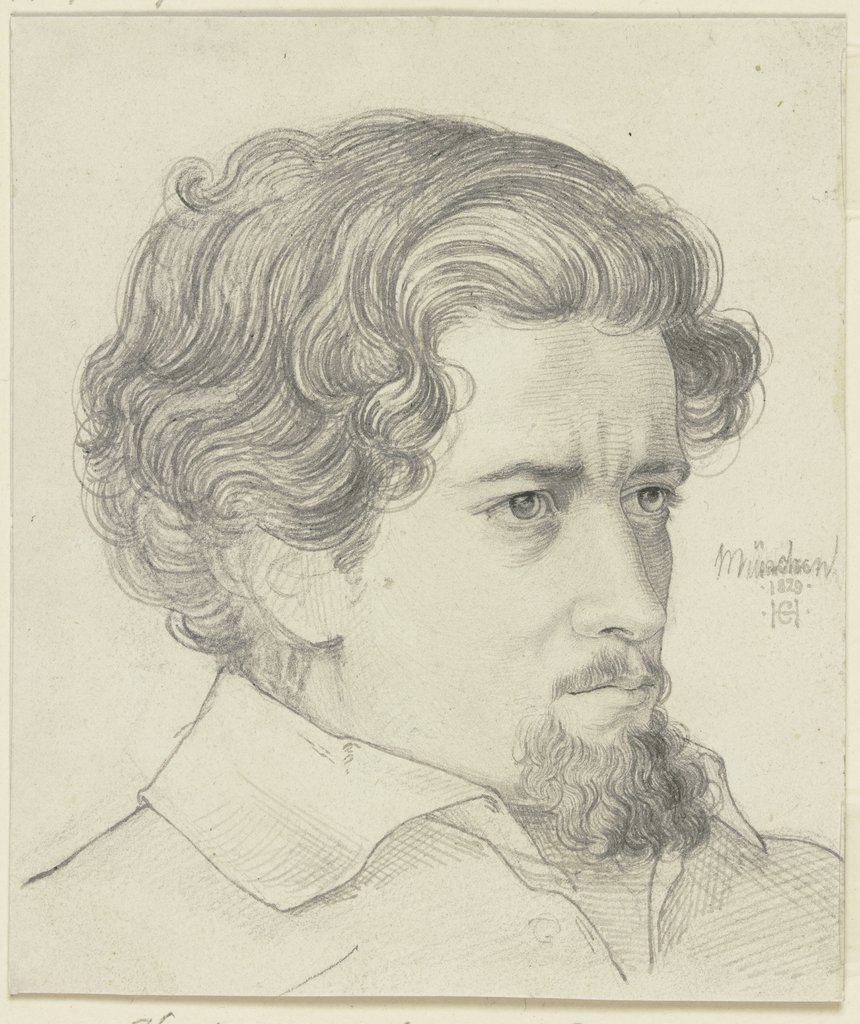 Shop Artkunst
Shop Artkunst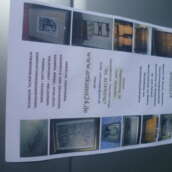

Kaspar Heinrich Merz
07.05.1806 - 29.07.1875
Austria, Switzerland
Kaspar Heinrich Merz was a Swiss draftsman and copper and steel engraver. From 1821, with the help of "a few patrons", he was "apprenticed" to the copper engraver Johann Jakob Lips in Zurich for four years. He also worked as an engraver for the magazine Historical Entertainment. Merz had also acquired a reputation for his color engravings, some of which he created over years of individual work.

Shop
Artkunst
Germany
Number of products: 144
Lot 246 Joseph Stieler
Joseph Karl Stiehler (1781 - 1858) 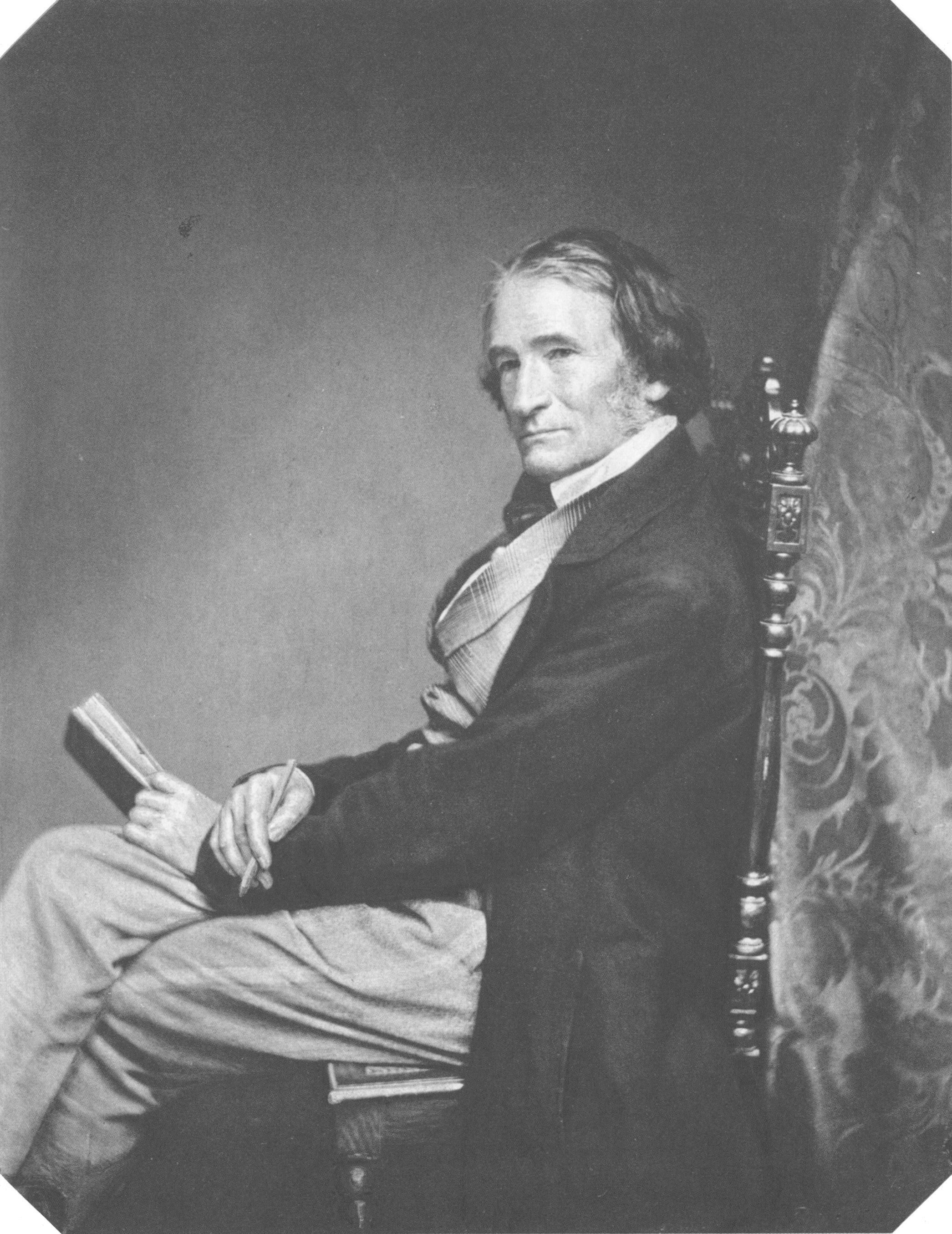 A419: Kunst und Antiquitäten Winter 2025
A419: Kunst und Antiquitäten Winter 2025 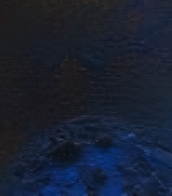

Joseph Karl Stiehler
01.11.1781 - 09.04.1858
Germany
Joseph Karl Stieler was a German painter. From 1820 until 1855 he worked as royal court painter of the Bavarian kings. He is known for his Neoclassical portraits, especially for the Gallery of Beauties at Nymphenburg Palace in Munich, as well as his emblematic portrait of Ludwig van Beethoven, which has become one of his most famous works.

Kunstauktionshaus Neumeister
A419: Kunst und Antiquitäten Winter 2025
Date: 03.12.2025 14:00 UTC +01:00
Number of lots in the catalog: 356
